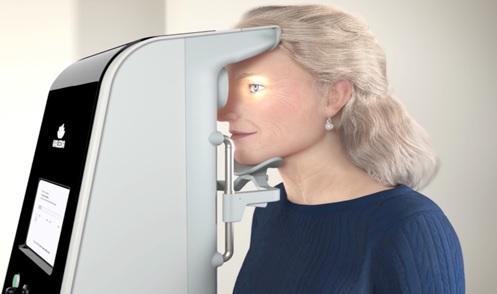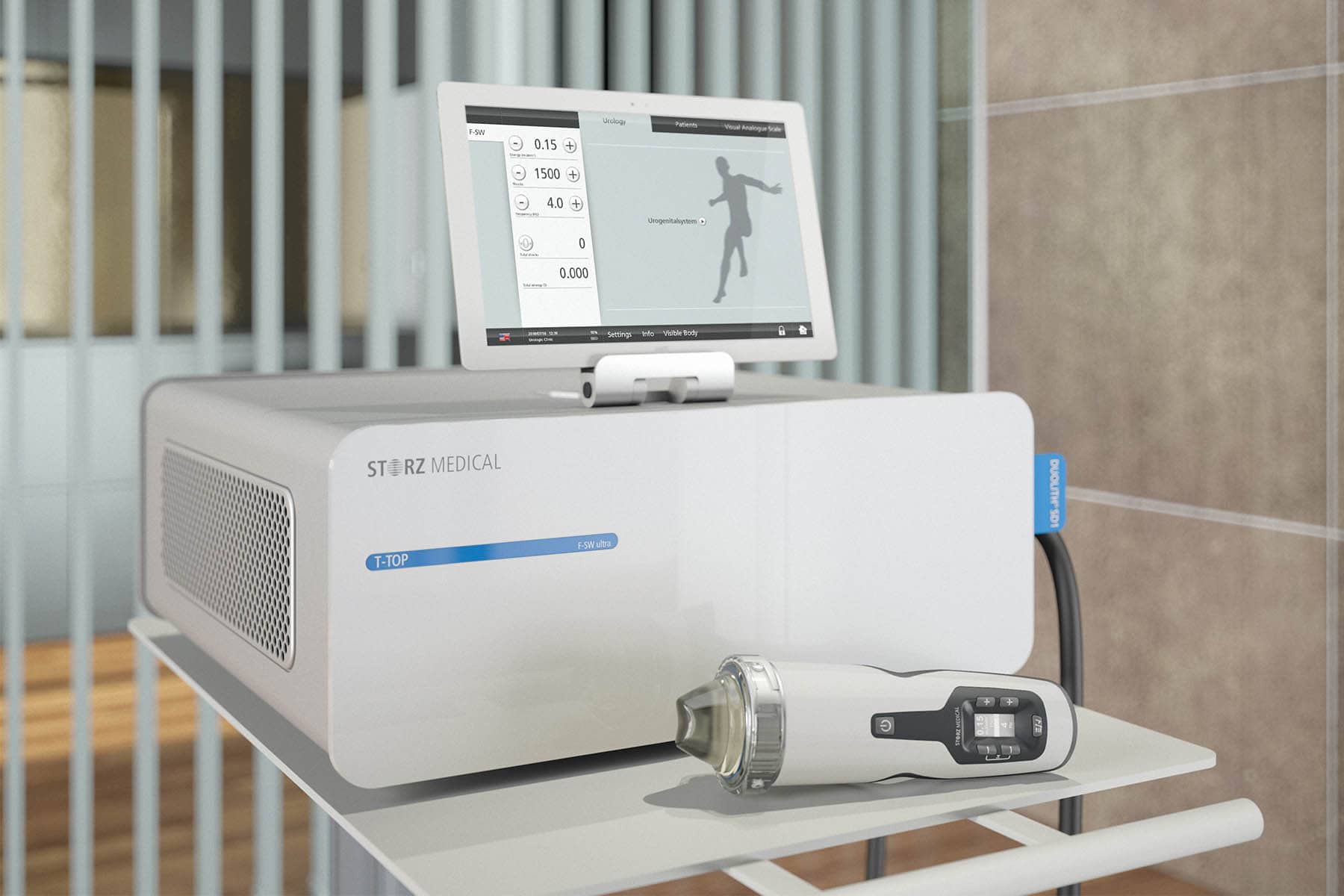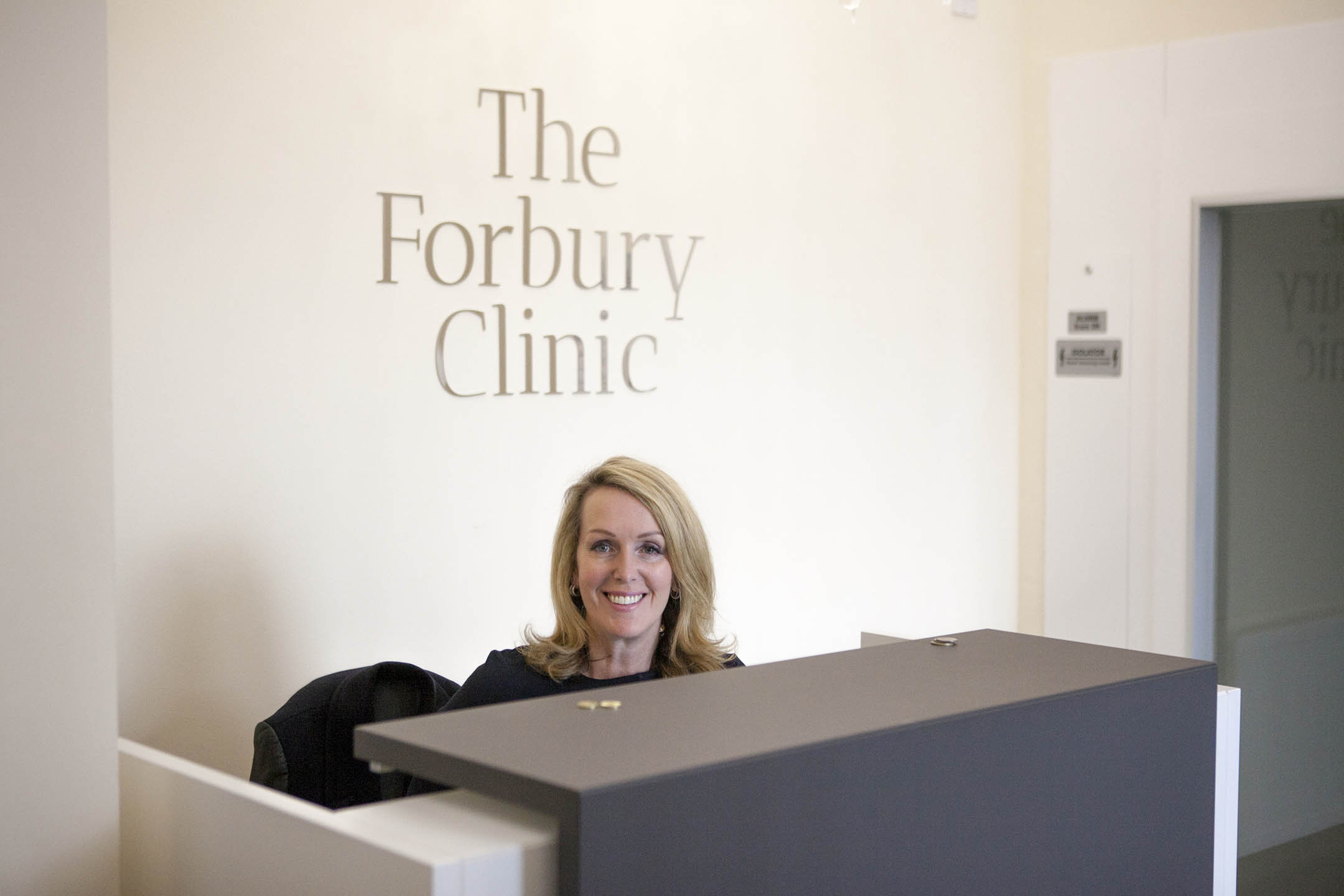Macular degeneration, also known as age-related macular degeneration (AMD), is one of the leading causes of vision loss, particularly among older adults. It affects the macula – the central part of the retina responsible for sharp, central vision. As the global population ages, the number of people affected by AMD is rising steadily, placing greater focus on improving early detection and finding new, more effective treatments.
While AMD can significantly impact daily life, from reading to recognising faces, recent years have brought a wave of innovative treatment options and clinical breakthroughs. These advances offer new hope for patients and highlight the importance of early intervention through regular eye exams and access to specialist care.
Understanding Macular Degeneration
AMD is a progressive eye condition that primarily affects those over the age of 50.
Two main types: Dry AMD and Wet AMD
Dry AMD is the more common form, accounting for around 85–90% of cases. It involves the gradual thinning of the macula and a slow decline in vision.
Wet AMD is less common but more severe. It occurs when abnormal blood vessels grow under the retina and leak fluid or blood, leading to rapid central vision loss.
Risk factors (age, genetics & lifestyle)
Several risk factors increase the likelihood of developing AMD, including advancing age, a family history of the condition, smoking, obesity and high blood pressure. Although AMD doesn’t usually cause total blindness, it can seriously impair the ability to see clearly or perform everyday tasks.
Why early detection and ongoing treatment are essential
Early detection plays a vital role in managing AMD. With The Forbury Clinic’s Ophthalmology Service, patients can access expert-led eye exams that assess retinal health and detect early signs of macular changes. These detailed eye checks are critical for identifying issues before vision loss becomes severe and helping to guide appropriate, timely treatment.
Latest Therapies for Dry AMD
Photobiomodulation Therapy – Now Available at The Forbury Clinic
One of the most promising non-invasive approaches for Dry AMD is Valeda Photobiomodulation Therapy, which is now available at The Forbury Clinic. This innovative treatment uses specific wavelengths of light to stimulate retinal cell repair, improve mitochondrial function and reduce oxidative stress. By supporting the natural healing processes of the retina, photobiomodulation may help preserve vision and slow disease progression in patients with early to moderate Dry AMD. The treatment is comfortable, safe and conducted in short sessions, offering a valuable new option for those seeking proactive care in the fight against macular degeneration.
New drug therapies under clinical trials
Until recently, treatment options for Dry AMD were limited to lifestyle changes and nutritional supplements. However, scientific advances are now offering new possibilities. Complement inhibitors like pegcetacoplan are among the most promising developments. These drugs target a part of the immune system thought to contribute to retinal damage. In clinical trials, pegcetacoplan has shown potential in slowing the progression of geographic atrophy, an advanced form of Dry AMD.
Role of anti-inflammatory and antioxidant therapies
Anti-inflammatory and antioxidant therapies are also being explored. These treatments aim to reduce retinal cell damage caused by oxidative stress and inflammation, key contributors to the development of Dry AMD.
Advances in slow-release drug implants or injectables
Another exciting area is slow-release drug implants and injectable therapies. These are designed to deliver consistent, long-term treatment directly to the retina, reducing the need for frequent clinic visits while potentially improving outcomes over time.

Latest Therapies for Wet AMD
New and extended-release anti-VEGF injections
The treatment landscape for Wet AMD has evolved significantly in recent years. Traditionally, anti-VEGF injections (such as ranibizumab and aflibercept) have been the mainstay of treatment. These drugs block the vascular endothelial growth factor that causes abnormal blood vessel growth.
Now, faricimab (a dual-action drug) is showing strong results. It targets both VEGF and angiopoietin-2 pathways, offering a longer-lasting effect and reducing injection frequency. Many patients can now go up to four months between treatments.
Port delivery systems
The port delivery system known as Susvimo is another innovation. It’s a small implant that continuously releases anti-VEGF medication into the eye. This means fewer clinic visits and a more consistent medication level — a major improvement in both convenience and control.
Combination therapies
Combination therapies, where two or more drugs or treatment methods are used together, are also being trialled. Early results suggest they may offer enhanced long-term visual stability and better outcomes than single treatments alone.
Gene Therapy & Regenerative Medicine
Gene therapy is emerging as a ground-breaking approach to AMD treatment, aiming not just to slow progression but to alter the disease process itself.
In Wet AMD, gene therapy is being trialled to introduce genes into the retina that stimulate the body’s production of anti-VEGF proteins, potentially replacing the need for frequent injections.
Stem cell research is also advancing. Scientists are investigating how to use stem cells to regenerate damaged retinal tissue in patients with advanced AMD. While still in the early stages, the potential to restore lost vision could mark a turning point for managing the disease in future.
Several clinical trials are underway. Although these treatments are not yet widely available, initial results are encouraging. Continued research will determine how soon these breakthroughs may be utilised in a medical setting.
Technological Innovations
Alongside pharmacological and genetic advances, technology is playing an increasing role in AMD management.
Retinal implants and bionic eyes in early testing
Retinal implants and bionic eyes are currently in the early stages of testing. These devices aim to restore a degree of vision in patients with severe sight loss by stimulating the retina or optic nerve using electrical impulses.
AI-driven diagnostics and monitoring tools
AI-powered diagnostic tools are improving the speed and accuracy of AMD detection. Machine learning algorithms can now analyse retinal scans with remarkable precision, helping clinicians catch subtle changes that might otherwise go unnoticed.
Home-based monitoring systems
Home monitoring systems, such as mobile apps or handheld devices, are also becoming more common. These tools allow patients to track their vision changes between appointments, supporting early intervention and personalised care.
Lifestyle & Nutritional Support
Even as medical treatments evolve, lifestyle, consumption and dietary changes remain an essential part of managing AMD.
Clinical evidence supports the use of AREDS2 supplements, which contain antioxidants such as vitamins C and E, zinc, copper, lutein and zeaxanthin. These nutrients have been shown to slow the progression of intermediate to advanced Dry AMD.
A healthy diet rich in leafy greens, colourful vegetables, oily fish and whole grains supports general eye health. Avoiding smoking and maintaining healthy blood pressure and cholesterol levels can also reduce AMD risk.
Low-vision aids, such as magnifiers, reading devices and specialised lighting can help patients maintain independence and quality of life alongside their medical treatment.
Access and Availability
As promising as many of these treatments are, access and availability can vary depending on location and approval status.
Some innovations, such as faricimab or Susvimo, are already approved by regulatory bodies like the FDA and EMA, while others remain in the clinical trial phase. Patients in the UK may have access to emerging therapies via private clinics or research programmes before they become widely available through the NHS.
Access to cutting-edge treatment often depends on clinical eligibility, funding and the type of clinic visited. At a private eye clinic, patients can benefit from faster access to the latest diagnostic tools and treatments under the care of expert consultants.
Protecting your vision with modern treatment options
Macular degeneration continues to affect millions of people worldwide, but the pace of innovation in treatment is more promising than ever. From extended-release injections and gene therapy to regenerative medicine and AI-powered diagnostics, there are more tools than ever before to preserve vision and slow AMD progression.
Regular eye exams remain the cornerstone of AMD management. If you’re concerned about your vision or have been diagnosed with AMD, speak to a private eye care specialist at The Forbury Clinic. Early intervention and access to the latest treatment options can make a meaningful difference to long-term outcomes.


